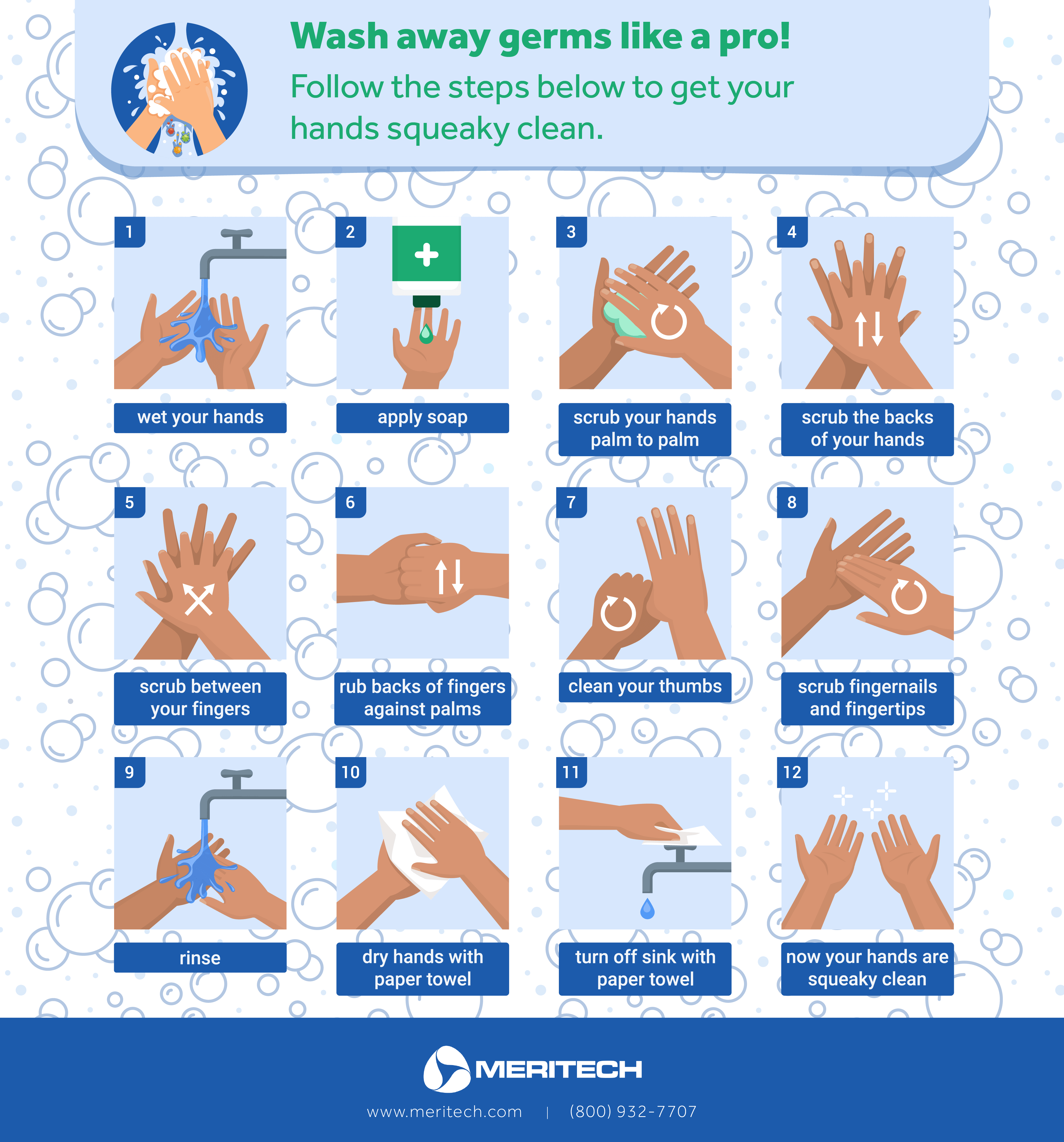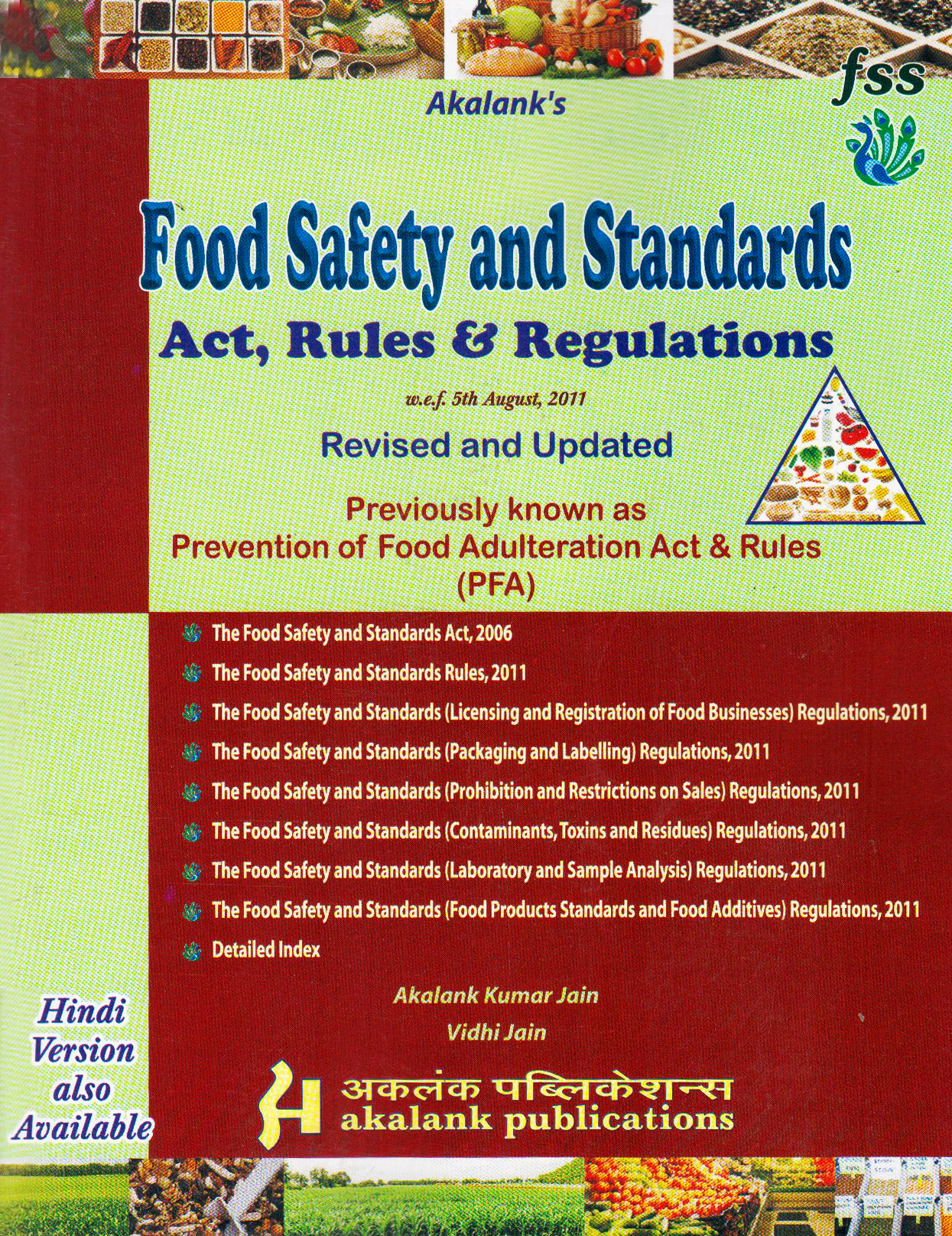Food Poisoning Presentation
| Introduction to Food Poisoning | ||
|---|---|---|
| Food poisoning is a common illness caused by consuming contaminated food or drinks. It occurs when harmful bacteria, viruses, parasites, or toxins are ingested. Symptoms of food poisoning include nausea, vomiting, diarrhea, abdominal pain, and fever. | ||
| 1 | ||
| Common Causes of Food Poisoning | ||
|---|---|---|
| Bacterial contamination: Salmonella, E. coli, Campylobacter, and Listeria are common bacteria that cause food poisoning. Viral contamination: Norovirus and hepatitis A are examples of viruses that can contaminate food. Parasitic contamination: Parasites like Giardia and Cryptosporidium can also lead to food poisoning. | ||
| 2 | ||
| High-Risk Foods for Food Poisoning | ||
|---|---|---|
| Raw or undercooked meats: Such as poultry, beef, and pork, can harbor harmful bacteria. Raw or undercooked seafood: Fish, shellfish, and sushi can be contaminated with bacteria or parasites. Raw eggs and unpasteurized dairy: These products may contain Salmonella or other bacteria. | ||
| 3 | ||
| Preventing Food Poisoning | ||
|---|---|---|
| Practice good hygiene: Wash hands thoroughly before handling food and after using the restroom. Cook food thoroughly: Use a food thermometer to ensure proper internal temperature. Store food properly: Keep perishable items refrigerated and separate raw and cooked foods. | ||
| 4 | ||
| Recognizing and Reporting Food Poisoning | ||
|---|---|---|
| Pay attention to symptoms: Diarrhea, vomiting, and abdominal pain are common signs. Seek medical attention if needed: Severe cases may require medical treatment. Report to local health authorities: Notify them to help prevent further outbreaks. | ||
| 5 | ||
| Food Poisoning in Specific Settings | ||
|---|---|---|
| Restaurants and food establishments: Improper food handling and storage can lead to outbreaks. Home kitchen: Lack of hygiene and proper food preparation can cause food poisoning. Traveling: Consuming food from street vendors or unfamiliar places can increase the risk. | ||
| 6 | ||
| Treating Food Poisoning | ||
|---|---|---|
| Stay hydrated: Drink plenty of fluids to replace lost fluids from vomiting and diarrhea. Rest and avoid solid foods: Give your digestive system time to recover. Seek medical attention if symptoms worsen or persist: Severe cases may require medical intervention. | ||
| 7 | ||
| Food Safety Regulations | ||
|---|---|---|
| Government regulations: Authorities enforce food safety standards to protect consumers. Food inspections: Regular inspections are conducted to ensure compliance with regulations. Education and training: Food handlers are required to receive proper training to prevent contamination. | ||
| 8 | ||
| Conclusion | ||
|---|---|---|
| Food poisoning is a common illness caused by contaminated food or drinks. Prevention is key: Practice good hygiene, cook food properly, and store food safely. Recognize and report symptoms to help prevent further outbreaks and protect public health. | ||
| 9 | ||
| Questions and Answers | ||
|---|---|---|
| Allow time for questions and provide answers based on the information presented. Your second bullet Your third bullet | ||
| 10 | ||









